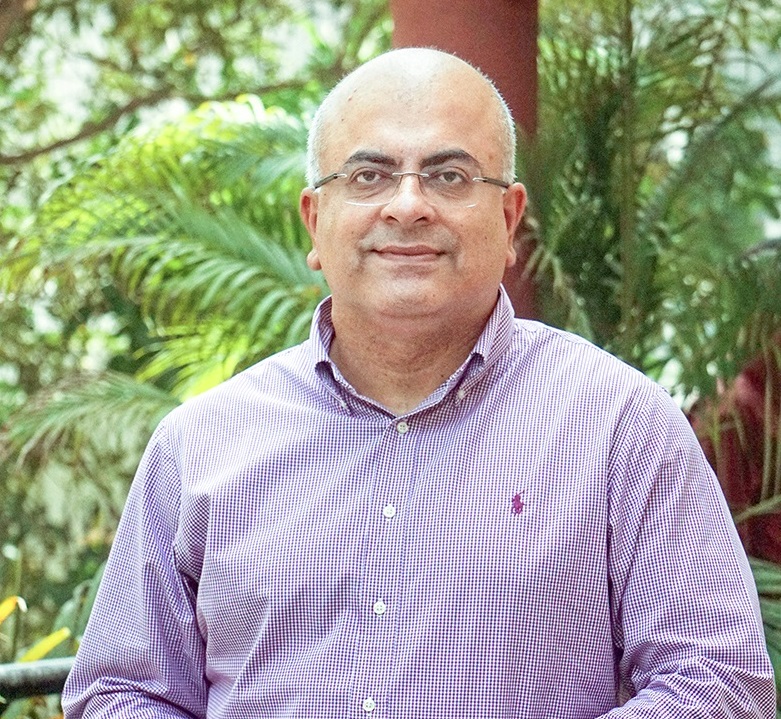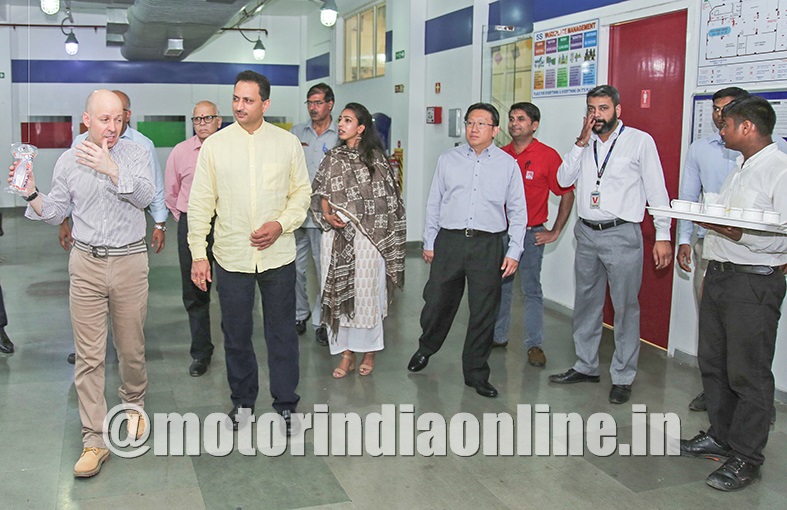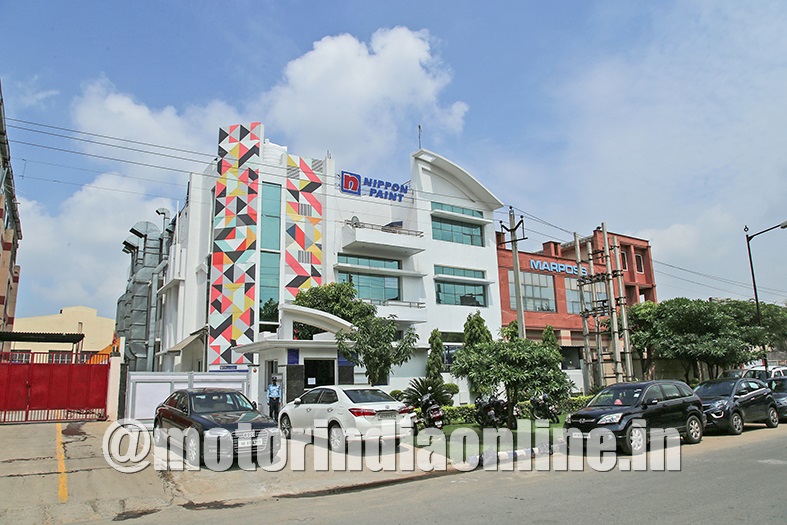Popular for its world-class paint products which are backed by their global R&D, Nippon Paint is grabbing attention with its latest introduction of Wet-on-Wet painting technology for the CV industry in India. The recent launch is another step towards its aim to reach pole position in the Indian CV segment by 2021.

The new WoW technology solution is designed to reduce painting cycle time, energy requirement and labour cost while significantly improving productivity in the painting process.
Mr. Sharad Malhotra, President (India) & Group Sr. Vice President – Automotive Refinishes Business, Nippon Paint (India), shares: “We aim to drastically improve throughput for our customers without any major capital investment from their end. This is part of our ongoing efforts to bring in new products to give end-to-end solutions to our customers.”
Coatings for across CV segment
The 14 year old Nippon Paint India began by catering to the bus coating business. Currently it offers world-class solutions in three strategic units – decorative and industrial coatings, besides automotive refinish solutions.
What differentiates Nippon Paint is their technology and the comprehensive understanding of the market. Mr. Malhotra says: “It is our hunger which sets us apart… the way we connect with our customers. We base our products on the paint line study of our customers and then give them a customized solution for their painting system. Our USP lies in our willingness and ability to go beyond what is asked of us.”
Nippon Paint caters to different vehicle segments, including containers, goods carriers, tippers or even agricultural equipment. The brand is primarily looking at how they can offer a paint which dries faster – which is what most customers anywhere in the world mostly seek. Mr. Malhotra shares: “For the last couple of years, we have been mainly focused on developing high productivity solutions. To that extent, we are the industry leaders. We have developed some coatings which are fairly revolutionary in terms of the speed of drying. For example, it takes about 4-5 days to paint a bus, but today we can finish it in a couple of days.”
High productivity solutions
Nippon Paint resorted to wood coatings in 2016 as part of its effort to steer clear of being a ‘run of the mill paint supplier’ to the CV sector but offer full turnkey solutions to the OEMs, besides a complete range of ancillary solutions that include cleaners, shampoos and masking tapes, among others.

Mr. Malhotra explains: “In fact, our first value proposition for the market was a paint solution that could withstand a highly corrosive environment. Over a period of time, other customers caught up. We define the product as per the specifications of the customer, and based on that we give them the most efficient price. It reiterates the fact that we are value conscious and offer quality and that is why we constantly strive for innovations in our solutions.”
Innovative solutions
If initially the idea was to offer corrosion protection solutions, today Nippon Paint is working on the lines of offering ‘disruptive’ solutions like green technology. And here green indicates reduced emissions, explains Mr. Malhotra: “We essentially follow the European standards for low VOC or low Volatile Organic Compound based products. We plan to introduce these norms in India and make the process much more environment-friendly.”
And one major challenge in India is the lack of controlled environment. He says: “In India only a few OEs may have fairly controlled the environment to offer at the painting workshops. It means that the exposure to the environment will be more in India as compared to, say, China. Our eco-friendly paints are water-based, which means they do not dry as fast as a solvent-based paint would, and it has the propensity to attract dust, which would be a challenge in India. It requires us to adapt and tweak the paint technology wise to make it a fast-drying paint.”
Even today only a few robotic lines exist for bus or any other CV painting, and these services are mainly outsourced. The environment at the paint workshops is generally not conducive to do a proper job. He adds: “Also, huge focus is on the painter himself who may have an opinion or two that can influence the process of paint application. Hence, we have to ensure that our product is easier to apply and it has to be painter friendly.”
Catering to changing trends
At its technology center in Manesar, Haryana, Nippon Paint is working on a few of these innovations. Mr. Malhotra highlights the changing trend in the land container segment in the Indian CV sector. These containers, mostly built by the unorganized players, are like regular sea containers but are fitted onto the back of a truck and can be accessed from the top.
According to him, most major Indian OEMs are now catering to this segment. He adds: “We have developed a special coating for containers because they need different handling from, say, a bus because a container is designed for much rougher use and the paint has to withstand it. And an interesting observation here is that it is the painters who feel most uncomfortable painting the containers. The reason is that a container is closed and if one uses high-chemical base coating, it makes the person uncomfortable.”
The solution that Nippon Paint is developing for such a scenario is to offer a paint that needs only one coating instead of the usual two or three. That way, the painter is exposed to the fumes of lower duration.
Another innovative solution of Nippon Paint for buses is the ‘direct to metal’ paint which is designed to bypass the conventional primer, colour and clear coatings. Selectively introduced in India for the CV related market, it is designed to cut costs tremendously and the time taken is naturally reduced.
Proactive OEM trends
All this stresses the fact that the OEMs are taking a more proactive role in how the painting process is being executed, which was not the case earlier. Mr. Malhotra explains: “Today they wish to be part of the process, including that of the whole value chain, and hence want to control the quality standards. If earlier they were happy to sell only chassis to the market, today they want to sell fully-built vehicles. They are also thinking of how to optimize or maximize their existing infrastructure or to modify it to help speed up the painting process. Such requests trigger in us the urge to improve or develop newer higher productivity solutions. And in a way we are leading this innovation.”
Nippon Paint, in a short time since stepping foot into India, has garnered a 15 per cent market share in the CV segment, and it is currently growing by about 40 per cent which is ‘higher than the market growth rate’. He says: “We would like it to become 25-30 per cent market share in the next 3-4 years in this space.”
As the CV space in India grows, Nippon Paint is establishing itself as more than a paint brand – as a qualitative and professional name for all the CV paint needs of its customers.
